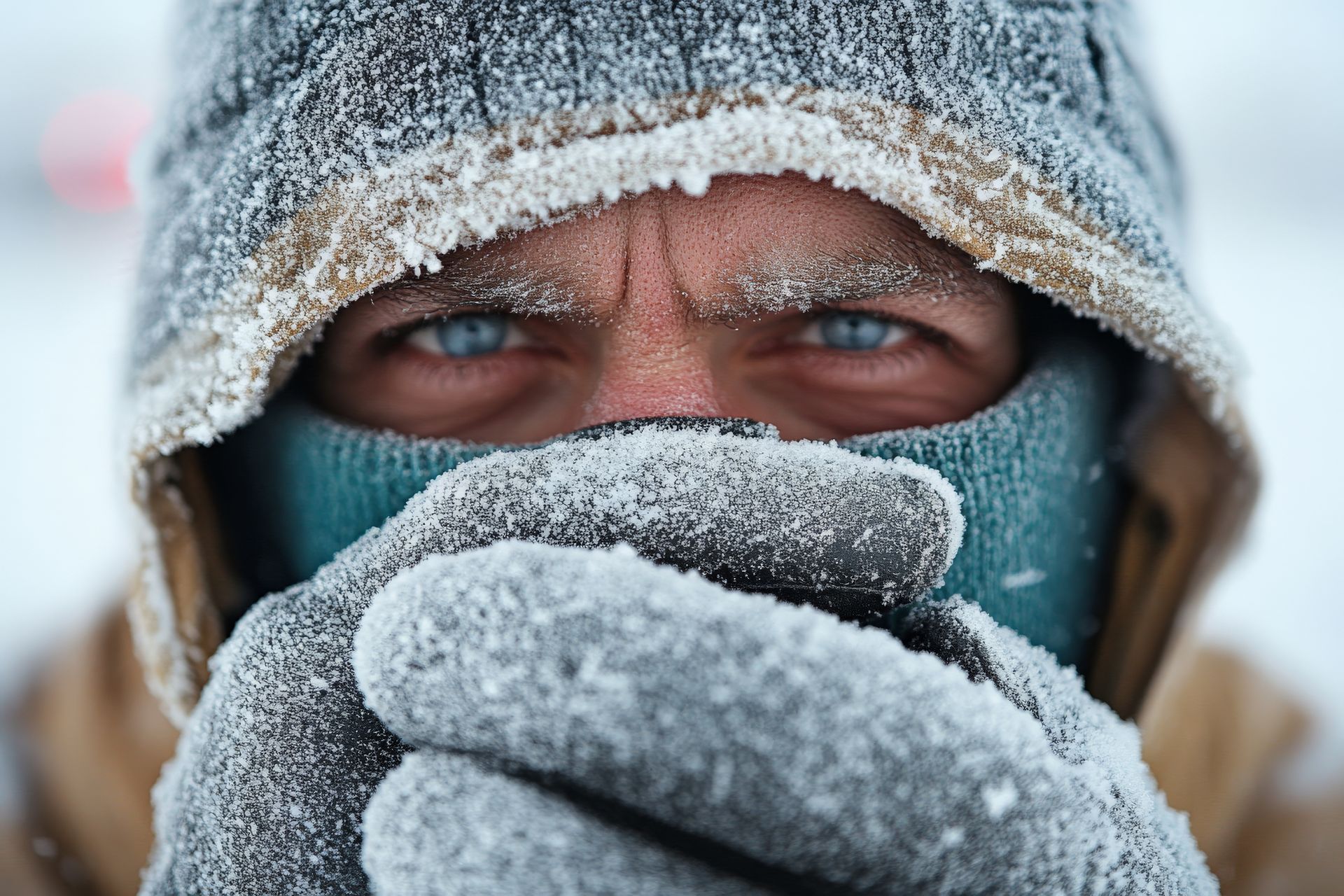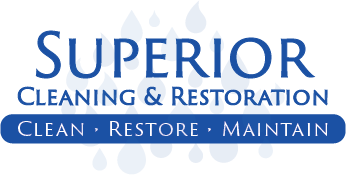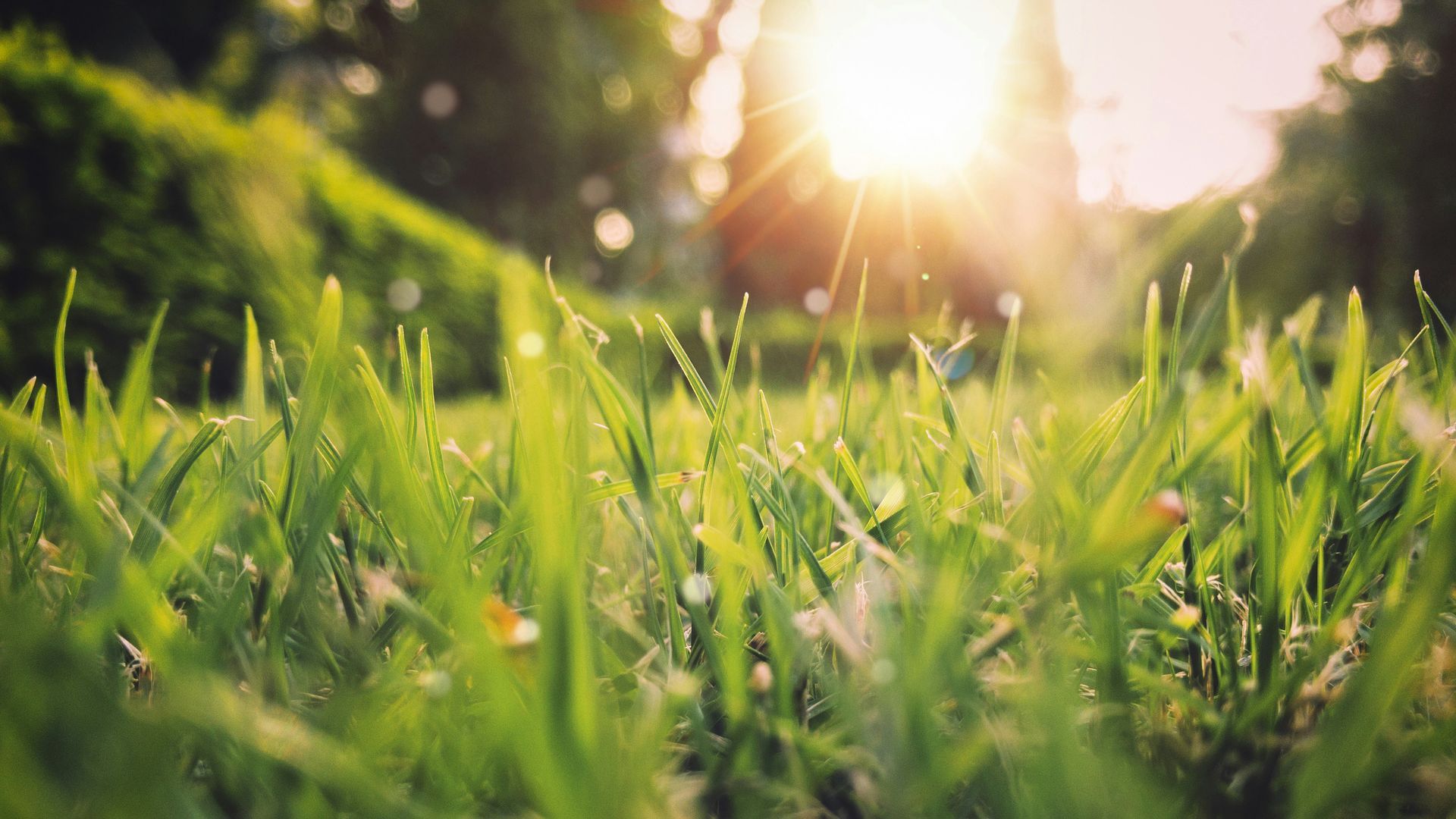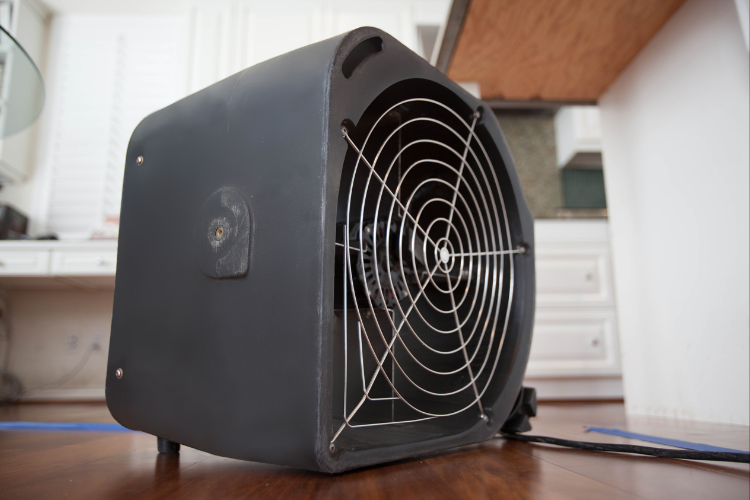
3 Common Cold-Weather Problems for Homes in Wisconsin
Here in Wisconsin, we know how brutal winter can get, and this year is no exception! When temperatures drop to the extreme, it’s not just uncomfortable—it can take a toll on your home. Frozen pipes, ice dams, and even mold growth can wreak havoc if left unchecked. Let’s dive into these issues, how to prevent them, and what to do if they’ve already shown up.
1. Frozen Pipes: A Costly Problem in the Cold
The Problem:
When temperatures plummet, water in your pipes can freeze and expand, causing the pipes to crack or burst. Not only can this lead to expensive water damage, but it can also disrupt your water supply when you need it most.
How to Prevent It:
- Insulate pipes in unheated areas, such as basements, crawl spaces, and attics.
- Keep cabinet doors under sinks open to allow warm air to circulate.
- Let faucets drip slightly on extremely cold nights to keep water moving through the pipes.
What to Do If It Happens:
- Turn off the main water supply immediately to prevent further damage.
- Use a hair dryer, heating pad, or space heater (safely!) to thaw the frozen section of pipe—never use an open flame.
- If the pipe has burst, call a plumber and a water damage restoration professional right away to avoid mold growth or structural damage.
2. Ice Dams: The Hidden Danger on Your Roof
The Problem:
Ice dams form when snow on your roof melts unevenly due to poor attic insulation or ventilation. Water flows down and refreezes at the edge of your roof, creating a dam that traps more melting snow. This water can back up under your shingles, leading to leaks and water damage inside your home.
How to Prevent It:
- Make sure your attic is properly insulated to keep heat from escaping.
- Check that your attic has adequate ventilation to keep the roof temperature consistent.
- Use a roof rake to safely remove snow from the edges of your roof after heavy snowfall.
What to Do If It Happens:
- Avoid trying to chip away at the ice—it can damage your roof.
- Call a professional to safely remove the ice dam and assess any damage.
- If you notice leaks, act quickly to mitigate water damage by drying the area and contacting a restoration company.
3. Mold Growth: A Sneaky Winter Culprit
The Problem:
Trapped moisture from condensation, leaks, or poor ventilation can create a breeding ground for mold, even during winter. This can affect indoor air quality and lead to health issues, especially for those with allergies or asthma.
How to Prevent It:
- Use exhaust fans in bathrooms and kitchens to reduce humidity.
- Check for leaks around windows, doors, and roofs, and seal them promptly.
- Keep your home well-ventilated, even in the winter, and use a dehumidifier in areas prone to dampness like basements.
What to Do If It Happens:
- If you spot mold, clean small areas (less than 10 square feet) with a mixture of water and detergent.
- For larger mold problems or recurring growth, call a professional mold remediation service.
- Address the source of the moisture to prevent future mold growth.
Stay Safe and Stay Warm
Wisconsin winters can be tough, but with a little preparation and vigilance, you can protect your home from cold-weather damage. If you do experience frozen pipes, ice dams, or mold issues, don’t panic—help is available.
At Superior Cleaning & Restoration, we’re here to help restore and protect your home. Whether you need water damage restoration, mold remediation, or advice on preventing problems, give us a call. Stay warm, stay safe, and let’s get through this winter together!
More Resources:
Our weather is always changing, make sure to stay on top of it with the Weather Channel or WAOW!



